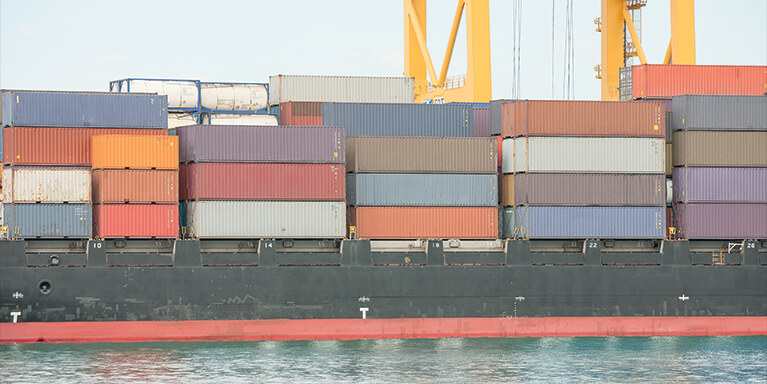
Getting your clients in shipshape
In a hardening marine insurance market, there are some simple steps your exporter and importer clients can take to keep a lid on their premiums, such as getting their contracts in order.
Shipowners, companies with an insurable interest in cargo and offshore energy operators have obtained marine insurance at often bargain prices in recent years.
According to the International Union of Marine Insurers, the record growth in global trade and rapid expansion of the world fleet during this period also gave rise to increased claims, as vessels and their crews were worked hard to keep pace with demand. Escalating exposures, increased claims and flat or decreasing premium rates meant marine underwriters the world over were making technical losses, relying on strong investment returns to shore up their balance sheets.
The global financial crisis put an end to all that by sending investment markets into a tailspin and putting the brakes on global trade and cargo volumes. No longer able to control top line growth, insurers once again became focused on the bottom line – their technical underwriting results. This has meant a greater focus on risk selection, policy wordings, deductible levels and risk pricing, with premiums rising by an average 10 to 15 per cent from the beginning of 2009.
In adverse times, well-informed risk management has an increased role to play in every organisation. In turn, companies with strong claims and loss-control service teams will have a competitive advantage in today’s marine market. A good insurance record, a proven business operating model and a focus on quality risk management will not only help your clients obtain effective cover but also contain their insurance costs.
Even seemingly micro risk mitigation measures, such as changing the terms of a shipping contract, can sometimes make an enormous difference to your client’s potential liability and the world of difference to their premium.
For example, a power generation company, which uses coal to fire its stations, spot chartered vessels under onerous contracts of affreightment during boom freight markets – when carriers dictated terms. In today’s leaner shipping times, the power company may be able to move away from those onerous contract terms (and spot fixtures) to benign, longer-term contracts of affreightment, thereby reducing their potential liability and premiums.
Tips for micro-contractual risk management for ship charterers
- Make sure the charterer (ship hirer) is always clearly identified in the contract.
- Wherever possible, name actual ports and berths (this places the onus on the shipowner to get acquainted with them in advance).
- Avoid contractual clauses that oblige the charterer to provide an absolute warranty
- Ensure all cargo is specifically identified by the United Nations Bulk Cargo identification code (to ensure the carrier is correctly notified of any dangerous/hazardous cargo).
- Use the correct Bill of Lading for the specific Charter Party.
- When sub-chartering a vessel to a third party, ask for proof of effective insurance cover.
- Avoid signing contracts with contradictory ‘rider’ and ‘printed’ clauses.
As the market continues to harden, there are some important questions brokers need to ask themselves in relation to their client’s marine insurer, such as:
- Does the insurer truly understand the nature of my client’s business?
- Are they willing to provide practical risk management advice that will help provide premium relief?
- Does the insurer offer a risk engineering service to help minimise my client’s risk exposures?
- Will the insurer be there for my client at claims time?